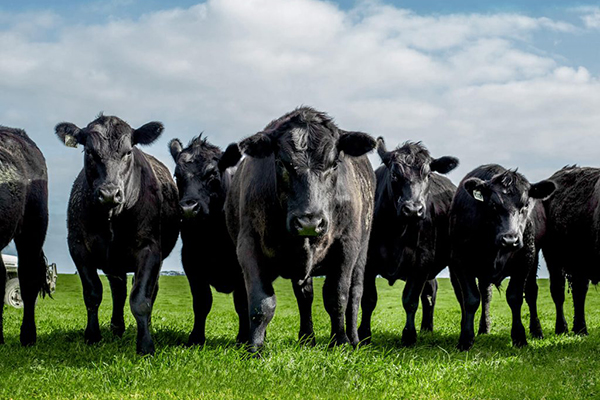November 2021
Key takeaways from the data:
- Production data released in Nov showed increased Sep quarter beef production against a typical decrease for the period, driven by 13% growth in QLD production which returned to its normal range. Goat production increased 32%, with three straight quarters of year-on-year growth indicating a rebound in the herd after 5-years of decreased production. Lamb and pork volumes decreased by around 1%.
- Export prices grew for beef (+12% to $11.0/kg shipped weight (sw)) and average sheepmeat (+14% to $11.0/kg sw), and goatmeat (+7% to $12.5/kg sw) reflecting consistently strong global demand relative to supply. Pork export prices were down 4% to $4.1/kg sw, reflecting reduced exports to the high-value Hong Kong market, while the import price increased 5% to $4.6/kg sw signalling a shift away from cheaper US imports to more expensive EU imports.
- Livestock prices at slaughter continued to rise for cattle (+5% to $7.0/kg carcase weight (cwt)) supported by strong export prices and forecast La Niña weather conditions until Autumn 2022. Strong export prices also supported increased average prices at slaughter for lambs/sheep (+6% to $7.8/kg cwt) and goats (+4% prices $8.9/kg cwt). Pig prices at slaughter were down 2% to $3.4/kg cwt.
- Retail prices were relatively flat across all meats with less than 1% growth. Beef prices are at their most expensive level relative to lamb (+33%) and pork (+92%) in more than five years, and remain at near-highs compared to chicken (+336%).
Note: The ABS data is a combination of all cattle types (cows, steers, calves, bulls), and sheep/lamb types as well. The ABS data provides a single gross value of slaughtered animals (e.g $3.5 billion for all cattle; $1.3 billion for all sheep&lamb) which can be compared to total meat produced (e.g. 502 thousand tonnes cwt beef/veal; 160 thousand tonnes of lamb&mutton) to give an average $/kg cwt price paid by processors ($7.0 cattle, $7.8 sheep/lamb). As the data is actual prices paid it is a combination of OTH prices, saleyard prices etc for all the cattle types (and for other livestock). While it doesn’t break down for livestock type within species, in some ways it is a clearer picture of what processors are actually paying compared to saleyard data which is clouded somewhat due to the participation of producers/feedlots, and MLA OTH indicators which are offered prices not actual paid prices.
Patrick Hutchinson, CEO




